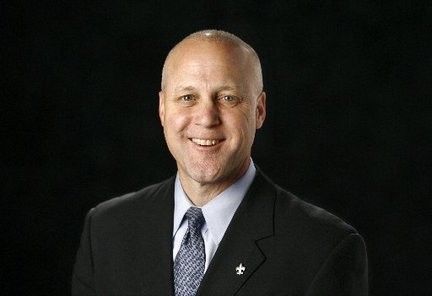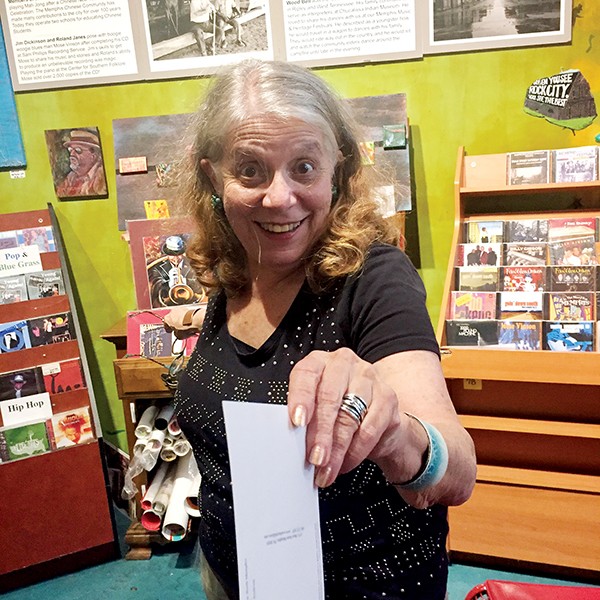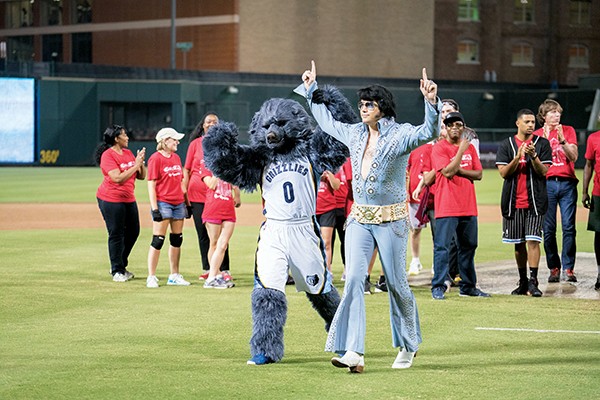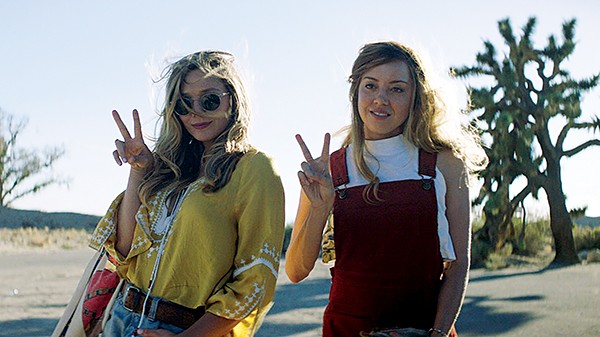Can a Democrat be elected to the U.S. Senate from Tennessee? James Mackler, a Nashville lawyer and Army veteran, intends to find out. Mackler was in Memphis on Tuesday as part of an ongoing tour in which he is acquainting himself with Tennesseans across the state and simultaneously getting them acquainted with him.
Mackler is a political newcomer, making his first bid for office as an aspirant for the Senate seat now held by Republican Bob Corker and on the ballot in 2018. Besides having begun his race as an unknown, he confronts the fact that no Democrat has served in the Senate from Tennessee for a full generation, since then incumbent Senator Jim Sasser was upset by Republican Bill Frist in 1994.

Neither circumstance fazes Mackler, who sees his race as a case of answering a call to public service. This is the second time he has felt such a call. As he puts it, the first time was on September 11, 2001, when the terrorist attacks on New York and Washington prompted him to “shut down” his law practice and join the Army, becoming a Blackhawk helicopter pilot in Iraq and later serving in the Army’s JAG (legal) corps.
“I needed to do something to make a difference,” he explained on Tuesday. “I resigned from my job to run for the U.S. Senate for the same reason. I felt called back to service, and I believe my track record of service will appeal to voters across Tennessee, especially those ready for change.”
So, for the second time, troubled by “seeing what our leaders in Washington aren’t doing,” Mackler left his law practice and hit the road as a candidate. There was a personal motive as well. His daughters, students at a private Jewish school in Nashville, were evacuated from their school four times for bomb threats — part of a wave of such actions nationwide.
“I was so upset that our country has become so divided and that I had to explain that to my girls. It was a critical moment,” he says.
Mackler’s platform focuses on three issues: “jobs, health care, and education.” He sees incumbent Republican Corker as especially vulnerable on the health-care issue, having voted with the majority of his party in several unsuccessful efforts to repeal the Affordable Care Act.
Mackler might take comfort from a poll taken earlier this month by Public Policy Polling, a company that normally takes its surveys in tandem with Democratic causes and candidates and was paid for by the health-care advocacy group Save My Care.
That poll was taken from a sample of 663 registered Tennessee voters during the period of August 11th-13th by robo-call, a method whereby a recorded message poses questions to persons on a pre-selected call list and listeners who hear the message out are invited to respond by using the numbers on their dial pad.
That poll purported to show Corker with a favorable job-performance rating of 34 percent, as against an unfavorable rating of 47 percent and found that less than half of those surveyed would vote for Corker, while 37 percent would vote for an unnamed Democrat.
Besides Democrat Mackler, a first-time candidate who is in the process of introducing himself to a state constituency, two Republicans with some pre-existing name identification have also talked of opposing the senator.
One is former state Representative Joe Carr, an ultra-conservative who garnered a respectable 40 percent in a 2014 primary race against Tennessee’s other Republican senator, Lamar Alexander. Another, who also occupies a place on the GOP’s right wing, is current state Representative Andy Holt, who has referred vaguely to “multiple polls” but has not identified them or cited any particulars.
And, of course, there are even vaguer soundings taken by President Trump, who responded to Corker’s recent criticism of him for lacking “stability” and “competence” with a tweet that said: “Strange statement by Bob Corker considering that he is constantly asking me whether or not he should run again in ’18. Tennessee not happy!”
For all that, two recent polls — one released by Vanderbilt University showing Corker with a 52 percent approval rating and another taken by the polling company Morning Consult giving the Senator a 57 percent approval rating — would seem to bolster Corker’s chances.
In any case, Mackler knows he has his work cut out for him. His rounds in Memphis on Tuesday included an appearance at a Latino Leadership Luncheon and an evening fund-raiser. And, as he indicated, he intends to be back, again and again.
 Justin Fox Burks
Justin Fox Burks 
 Justin Fox Burks
Justin Fox Burks 



 Oleg Magurenco | Dreamstime
Oleg Magurenco | Dreamstime